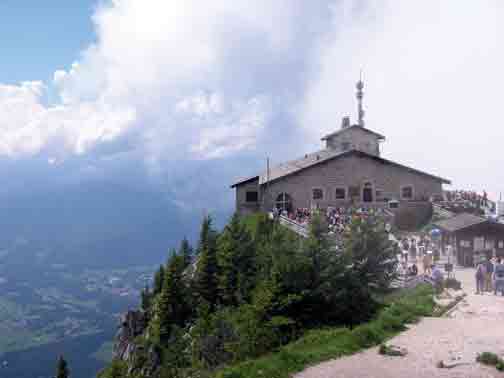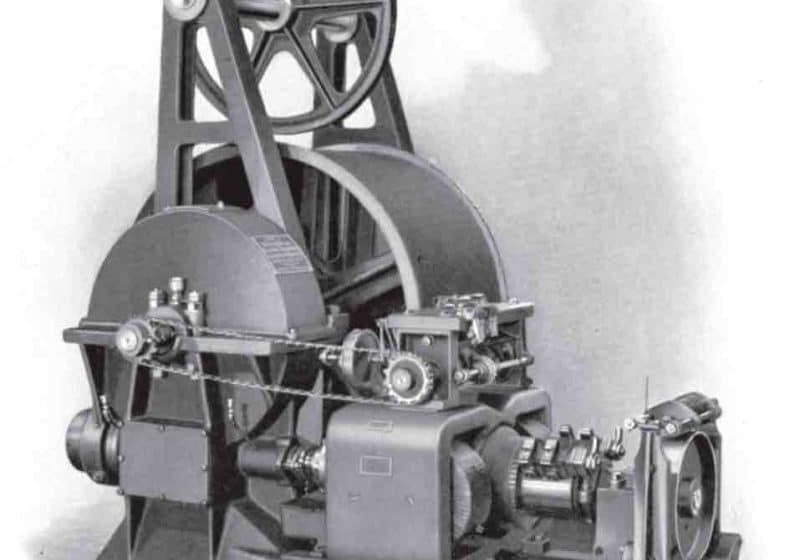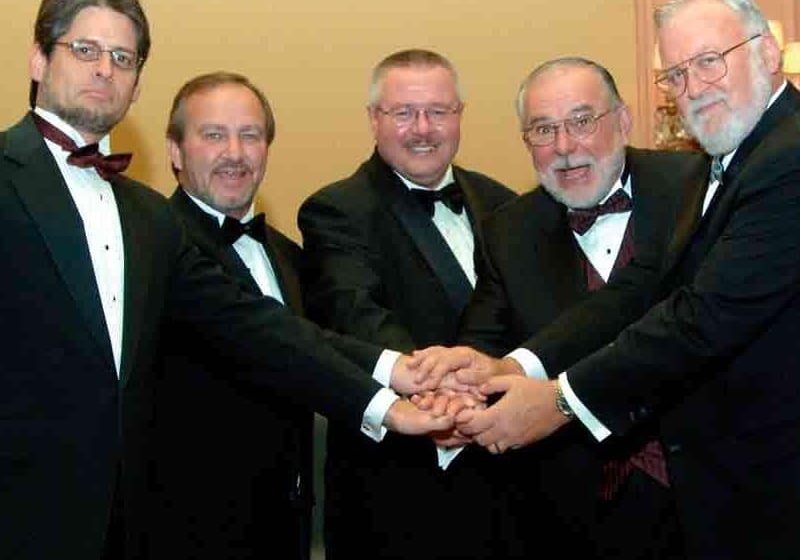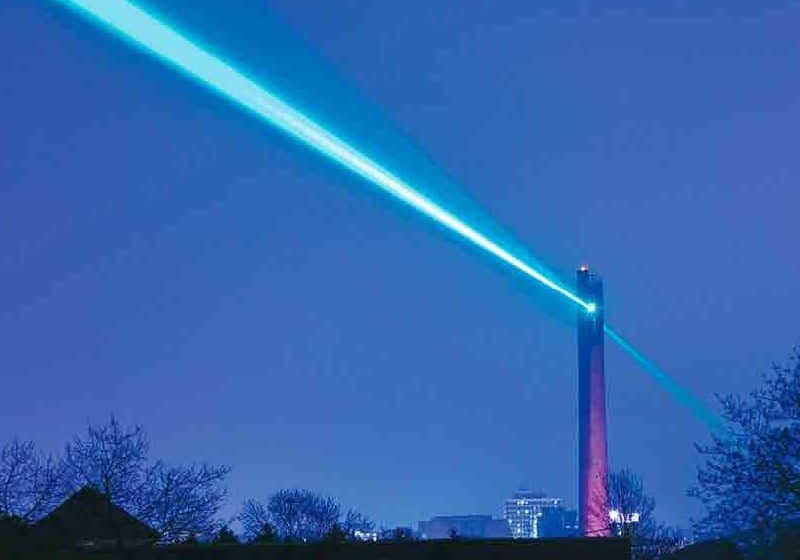The Eagle’s Nest, also known as the Kehlsteinhaus, is a chalet-style structure perched atop a sub-peak of Kehlstein mountain in Berchtesgaden, Germany. Constructed over a 13-month period, the Eagle’s Nest was completed in the summer of 1938 and intended as a 50th-birthday present for Adolf Hitler to serve as a retreat and venue to entertain visiting dignitaries. At a height of 1,834 m, visitors must traverse a 6.5-km long, 4-m wide road to reach the area. The final 124 m up to the building are covered via an elevator bored straight down through the mountain and linked to the road by a tunnel through the granite below. At the end of the tunnel is a circular anteroom outside the elevator lined with Ruhpolding marble. Construction of the mountain elevator system cost the lives of 12 workers.
The elevator cabin has a 53-passenger capacity, and its interior is lined with polished brass with round Venetian mirrors. When inaugurated, the cabin had green leather benches on three sides. The benches have since been removed, but the bottom half of the walls are covered with green leather. The elevator also originally had a second car beneath the main cabin, which was used to transport supplies. The second car was also used for travel by Hitler’s guards, while the dictator and his guests rode above them. Once the elevator reached the top, the main cabin would exit into the house, while the second car exited into the basement. The lower car has long since been removed.
The engine and wire cable used to lift the elevator are located in a tower above the main building in a winch chamber. It is said that Hitler rarely visited the Eagle’s Nest, because he feared the winch chamber could be struck by lightning. Protective measures have since been implemented to ensure any lightning strikes will be safely conducted into the mountain.
The Eagle’s Nest elevator has reportedly never failed since it was built. However, in the event of a malfunction, there exists a secondary rescue elevator with a three-passenger capacity. The rescue car can be reached through a door in the main cabin and is powered by a separate engine in the event the main elevator engine fails. If both engines fail, staff members in the winch chamber can manually lift the cabin to safety. Today, the Eagle’s Nest is owned by a charitable trust and serves as a restaurant. A popular tourist attraction, guided tours of the building’s lower rooms, which are not part of the main restaurant, are offered to the public.
Get more of Elevator World. Sign up for our free e-newsletter.










